Sota : state of the art. Une anthologie d'Art Numérique
Extraits
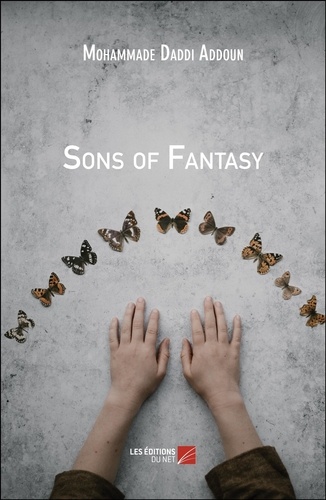
Littérature française
Sons of Fantasy
08/2018

Romance sexy
At the end of the tunnel
08/2021
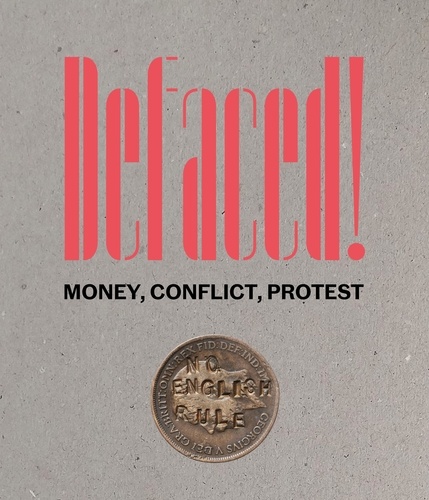
Monographies
Defaced! Money, Conflict, Protest
12/2022
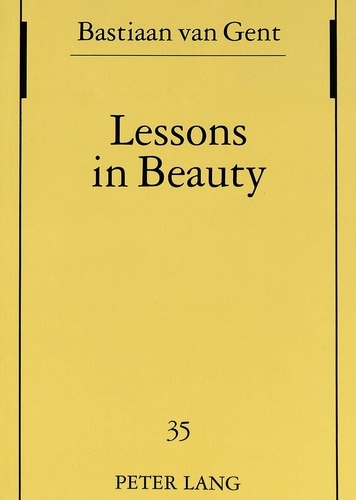
Non classé
Lessons in Beauty
07/1997

Développement durable-Ecologie
Native Land, Stop Eject. Edition en anglais
05/2010

Religion
Corporatism and the Stability of Capitalist Democracies
02/1991

Histoire de France
The Borders of Schengen
09/1993
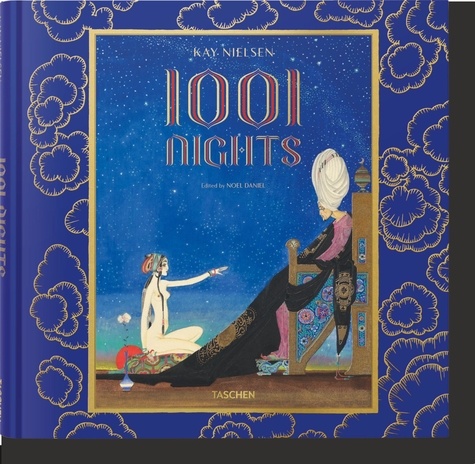
Grands textes illustrés
1001 Nights. Edition français-anglais-allemand
06/2023

Mathématiques
La simulation numérique. Un art de la prédiction
01/2019
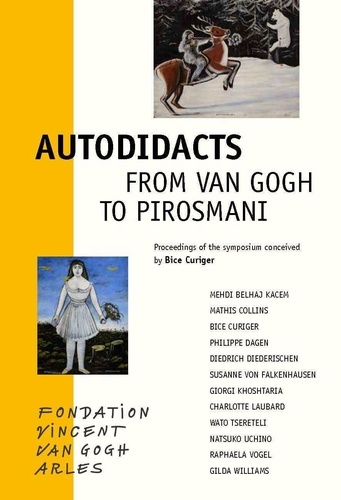
Beaux arts
Autodidacts. From Van Gogh to Pirosmani, 1e édition
01/2021
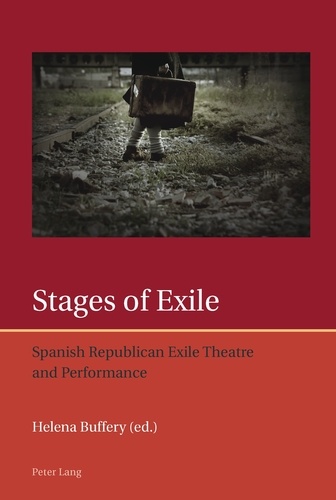
Non classé
Stages of Exile
09/2011

Non classé
Read Ancient African scripts from any current African language. Volume 2
05/2020
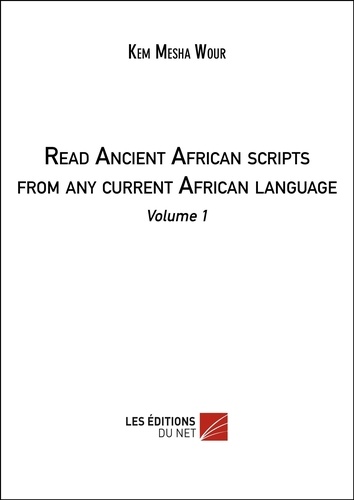
Non classé
Read Ancient African scripts from any current African language. Volume 1
05/2020
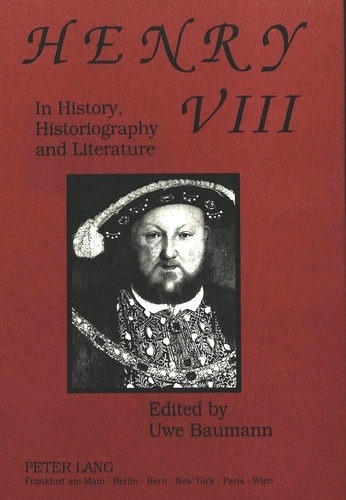
Non classé
Henry VIII in History, Historiography and Literature
01/1993
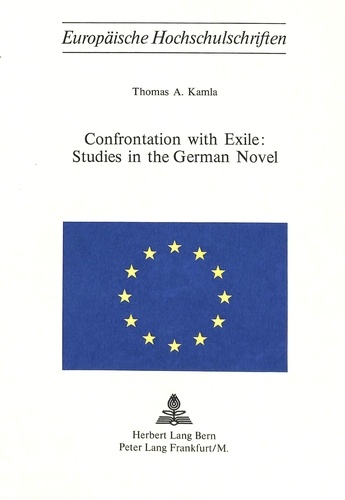
Non classé
Confrontation with Exile: Studies in the German Novel
12/1976
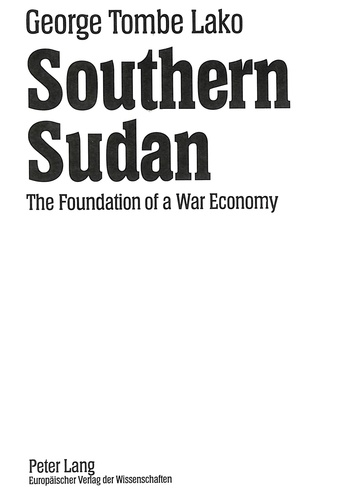
Non classé
Southern Sudan
04/1994
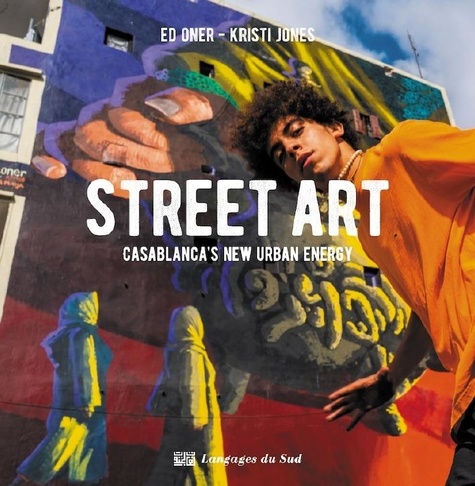
Monographies
Street Art. Casablanca's new urban energy
12/2078
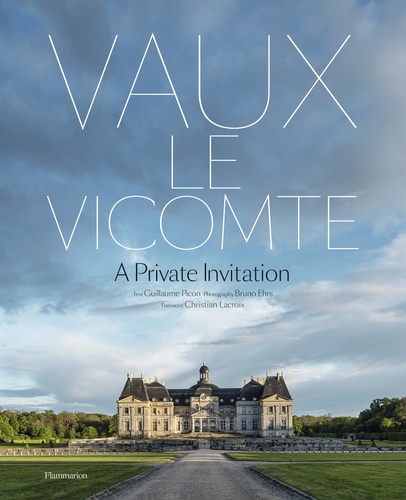
Monographies
Vaux-le-Vicomte. A Private Invitation
09/2021
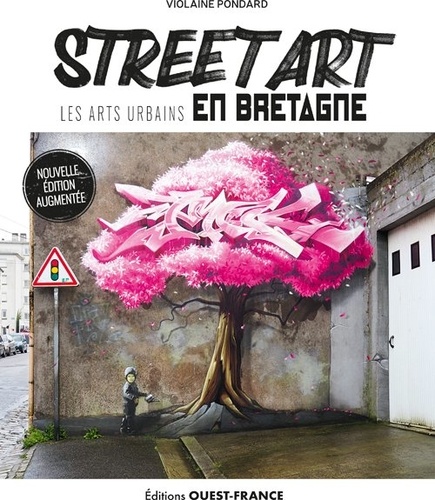
Art mural, graffitis, tags
Street Art. Arts urbains en Bretagne
05/2022
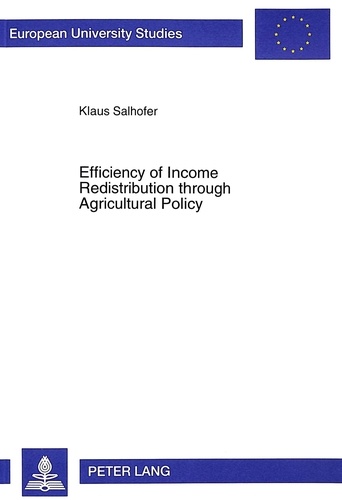
Non classé
Efficiency of Income Redistribution through Agricultural Policy
10/1997

Non classé
Experimental Social Dilemmas
12/1986

Histoire et Philosophiesophie
Thinking about Physics
01/2000
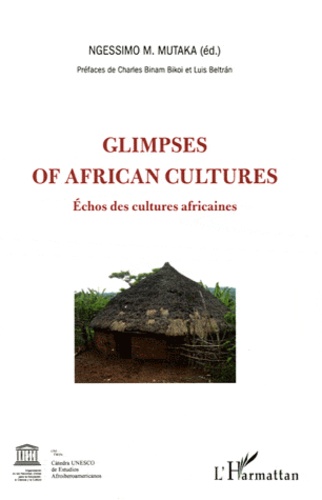
Ethnologie
Glimpses of african cultures. Echos des cultures africaines, Edition bilingue français-anglais
04/2011
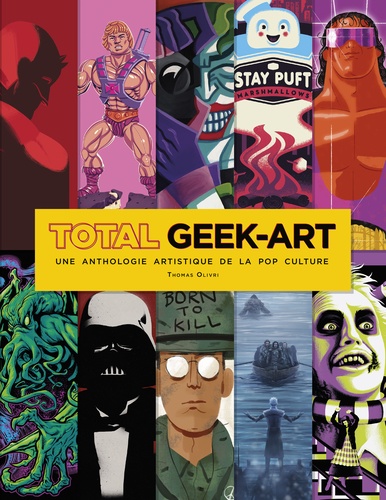
Décoration
Total Geek-Art. Une anthologie artistique de la pop culture
09/2019
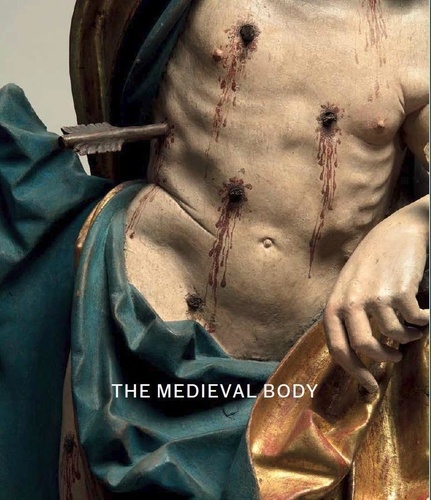
Mouvements artistiques
The Medieval Body
08/2022
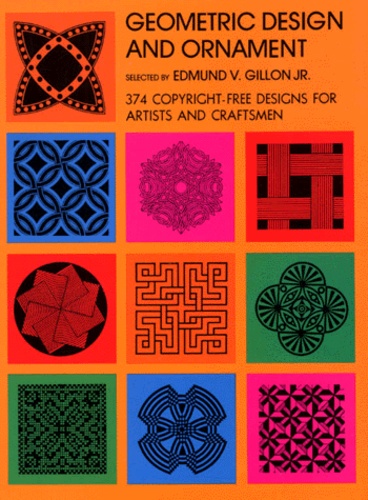
Décoration
Geometric Design and Ornament. 374 Copyright-free Designs for Artists and Craftsmen
01/1969

Religion
A Study of Conversion Among The Angas of Plateau State of Nigeria With Emphasis on Christianity
01/1992

Monographies
Burmese Silver from the Colonial Period
09/2022
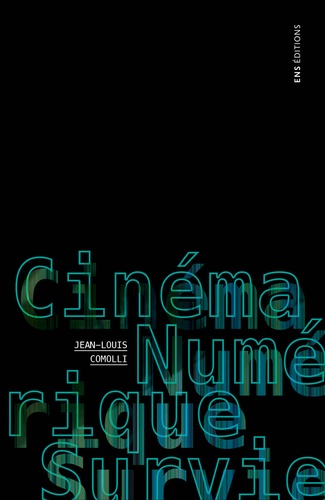
Cinéma
Cinéma, numérique, survie. L'art du temps
01/2019

Sociologie
HyperUrbain 6. Art et ville post-numérique
03/2019

